Labyrinthitis is inflammation of the inner ear. A series of interconnected chambers make up the inner ear, including the bony and membranous labyrinths. These labyrinths contain essential parts of the ear that are responsible for various functions, such as receiving auditory sensations and balance.
The inner ear also connects to the middle ear and the central nervous system. The brain cannot determine body position or respond to various symptoms if the labyrinth mechanism is disrupted.
Labyrinthitis is a disease of the vagus, the most common cause of which is viruses; less often, it is caused by bacteria. As a rule, labyrinthitis is a complication of chronic otitis media. Labyrinthitis generally has a sudden onset. Symptoms such as dizziness and balance disorders predominate. In establishing a correct diagnosis, history data and specialized examinations are helpful.
Labyrinthitis should not be underestimated. When suspicious symptoms occur, medical help should be sought immediately. Labyrinthitis with a mild course can be treated on an outpatient basis. Labyrinthitis treatment with a severe course should happen in a hospital setting. The prognosis depends on the type of labyrinthitis.
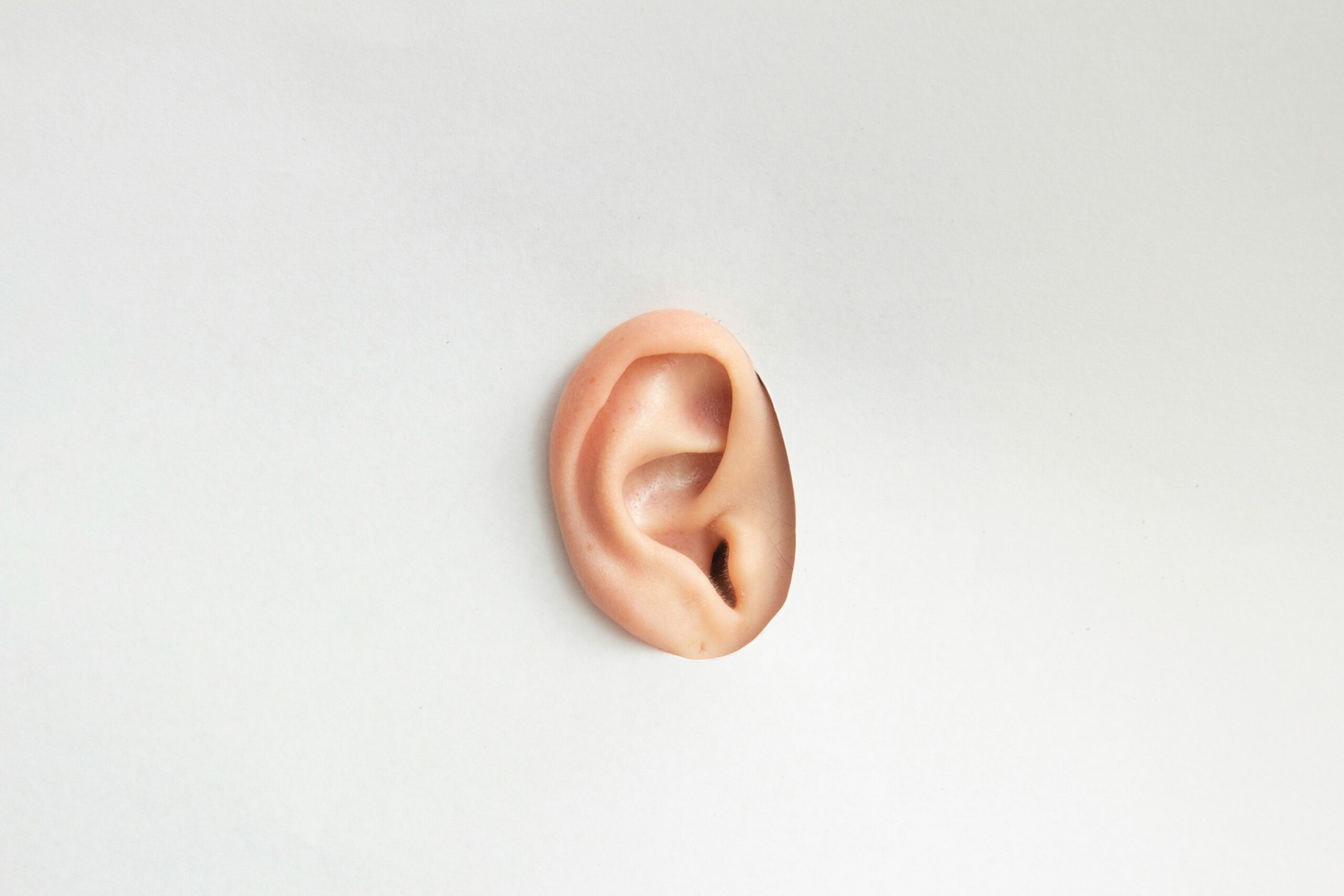
The bony and membranous labyrinth are parts of the inner ear![]() that contain important ear structures. The labyrinths are filled with a substance known as endolymph
that contain important ear structures. The labyrinths are filled with a substance known as endolymph![]() . Endolymph is a physiological fluid that has essential sensory functions. The vibrational waves of this fluid transmit information about sound and balance to the central structures of sensory neurons. Therefore, these vital processes may not function properly if inflammation occurs in these regions.
. Endolymph is a physiological fluid that has essential sensory functions. The vibrational waves of this fluid transmit information about sound and balance to the central structures of sensory neurons. Therefore, these vital processes may not function properly if inflammation occurs in these regions.
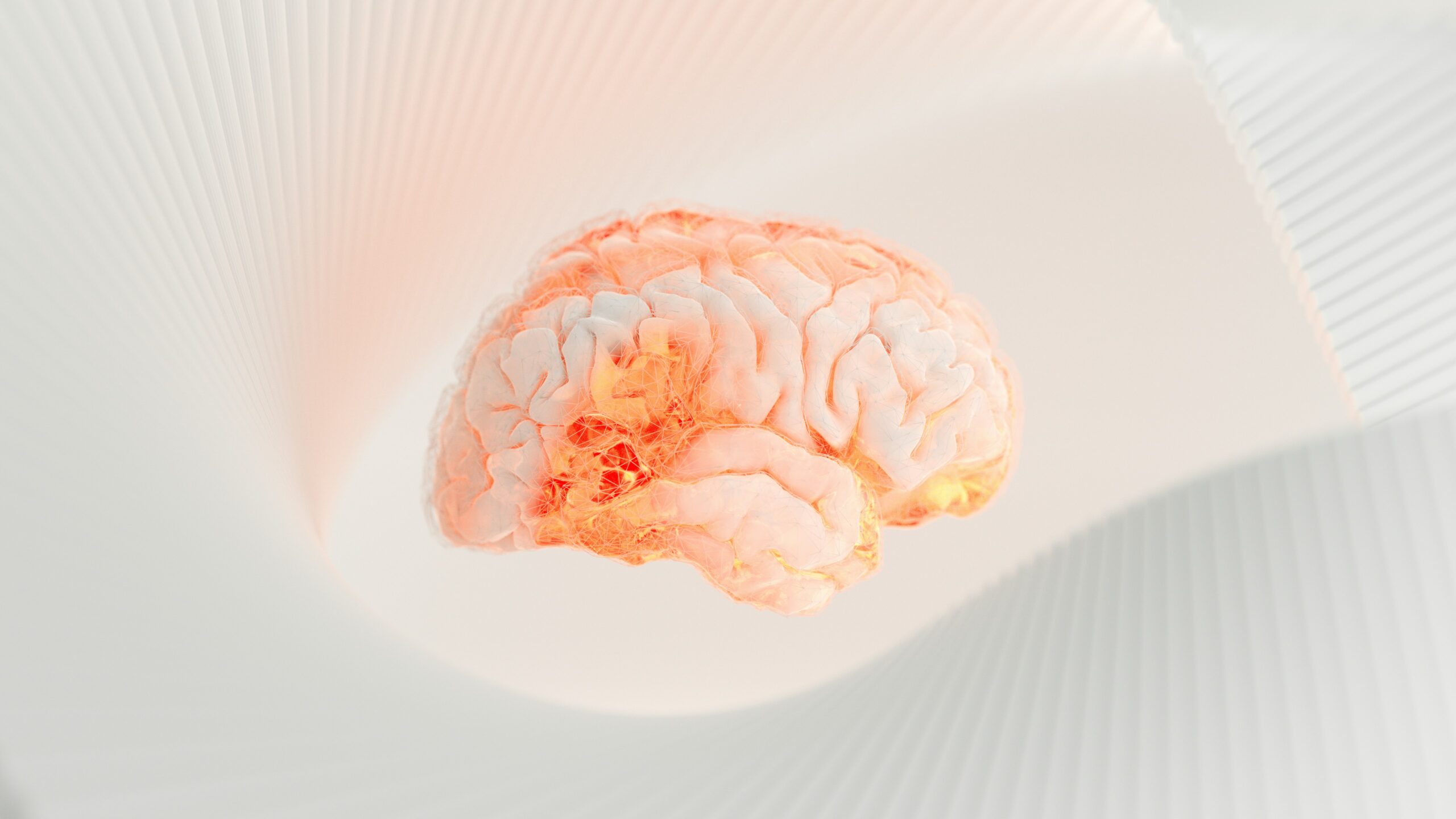
Labyrinthitis is an inflammatory process taking place in the inner ear, which can have various causes. The factors causing the disease can be divided into infectious and non-infectious. Non-infectious factors are much less common and are associated with trauma and autoimmune diseases. Infectious factors, on the other hand, refer to inflammation caused by various pathogens. Labyrinthitis factors can, therefore, include:
Viruses are pathogens, small infectious particles with a straightforward structure. They consist of genetic material and a surrounding protein capsid. Viruses need a host cell to multiply. Various types of viruses can cause labyrinthitis. Among others, distinguish measles![]() , mumps
, mumps![]() , rubella
, rubella![]() , cytomegalovirus
, cytomegalovirus![]() , and HIV
, and HIV![]() , which pose a risk of labyrinthitis.
, which pose a risk of labyrinthitis.
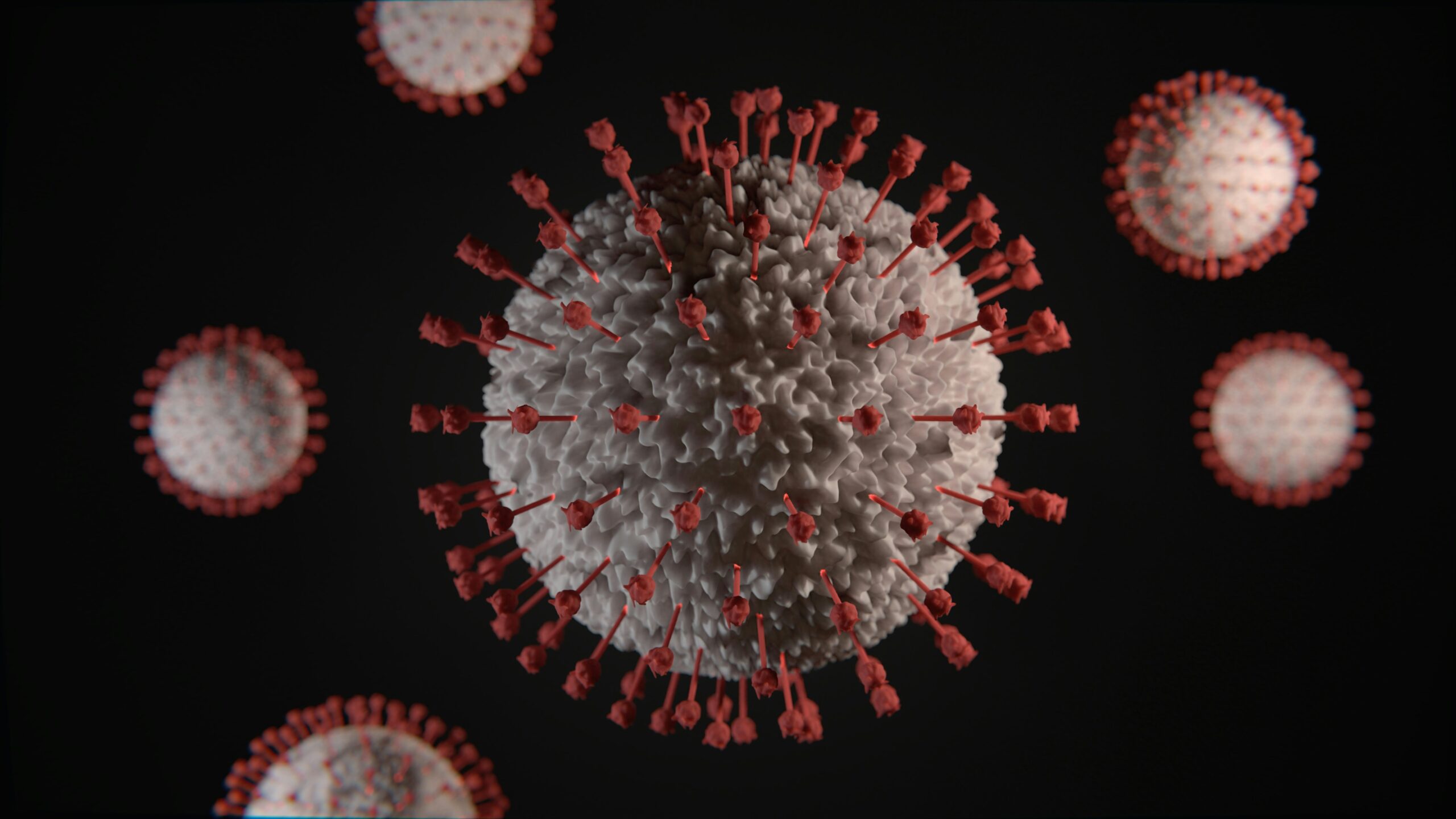
Measles is an acute viral infectious disease characterized by a thick-spotted rash, inflammation of the mucous membranes of the respiratory tract, and conjunctiva accompanied by fever. Overexposure to measles can result in severe complications, even years later. It is caused by a rapidly spreading virus belonging to the paramyxovirus family, which makes it highly contagious. Measles infection occurs by the droplet route, that is, through direct contact with an infected person.
The mumps virus also belongs to the paramyxovirus group. Mumps begins with several days of headache, fever, muscle aches, fatigue, and loss of appetite. Most often, it is accompanied by swollen salivary glands. It is the main reason for swollen cheeks and jaw. Mumps is generally not dangerous. However, in some cases, mumps can result in serious complications. Mumps is one of the infectious diseases of childhood. However, sometimes adults also get sick from it.
Rubella is an infectious disease caused by Rubavirus rubella virus of the Togaviridae family. The upper respiratory tract is where the virus enters. Rubella is a contagious viral disease. It can present with a fine-spotted or maculopapular rash and enlargement of lymph nodes, especially suboccipital and systemic symptoms. Rubella is relatively infectious and is a harmless viral disease for children. It usually runs a mild course and produces no complications, so it does not require specialized treatment. However, complications are possible, especially when the disease is passed to an adult.
Cytomegalovirus is a viral disease caused by a virus called Cytomegalovirus hominis CMV. Cytomegalovirus infection is widespread. Most infections are asymptomatic, and patients are unaware of the disease. However, in newborns, due to the immaturity of the immune system, and in people with congenital or acquired immune response disorders, cytomegalovirus can be acute, and the disease picture can vary.
The human immunodeficiency virus (HIV) is a tiny organism that causes damage to the cells of the human immune system. Over time, as HIV destroys more and more immune cells, the body is unable to defend itself from superficial microbial infections. HIV is one of the more dangerous pathogenic microorganisms. After infection does not produce any symptoms in the long term but gradually develops in the body. Its disclosure is usually associated with the transition of the infection into AIDS or acquired immunodeficiency syndrome, which manifests itself in a variety of diseases.
Bacteria are a group of ubiquitous environmental microorganisms that can affect human health. Many bacteria cause various diseases and inflammations. Due to the type and environment in which they reside, bacteria spread in many ways. Infection with them can occur through direct or indirect contact. Bacteria can cause labyrinthitis, including Neisseria meningitidis![]() , Streptococcus pneumoniae
, Streptococcus pneumoniae![]() , and Haemophilus influenzae
, and Haemophilus influenzae![]() .
.

Meningococci are the bacteria Neisseria meningitidis, also known as meningitis spirochetes. Meningococcal infection can develop at each age. It develops extremely quickly and insidiously. Neck stiffness and systemic symptoms are signs that may suggest the disease. In addition, a meningococcal-induced petechial rash appears. Infection occurs mainly by the droplet route. It makes the disease a significant threat to the health and life of patients. The bacteria initially colonize the nose and throat, and once they reach the meninges, they can cause dangerous, often fatal inflammation.
Pneumococci are gram-positive bacteria most often located in the throat or nose. It is a prevalent pathogen. Pneumococcal infection can occur directly with a sick person or a carrier. The bacteria also projects to different people through the droplet route. Symptoms of pneumococcal disease are determined by the type of infection they cause. Streptococcus pneumoniae infection can be evidenced by frequent and recurrent otitis media, sinusitis, and bronchitis. Pneumococcus is a hazardous bacteria and is a frequent cause of severe complications in children.
The bacterium Haemophilus influenzae can cause many human diseases. The bacterium causes severe infections, especially in young children and people with immune deficiencies. The droplet route spreads infection. Hib infection causes the development of meningitis, sepsis, epiglottitis, pneumonia, arthritis, or osteomyelitis. The bacterium is particularly dangerous in children. Young age is a predisposing factor for the appearance of permanent and dangerous complications from the nervous system.
Many species of fungi can cause infection in humans, but most of them are opportunistic pathogens, causing disease only in immunocompromised individuals. Fungal infections are caused by localizing one or more fungal species in the body's tissues. These infections can be superficial, confined to the skin; they can involve internal tissues or form systemic mycosis fungoides. Mycoses of the inner ear are diagnosed exceptionally rarely. Typical pathogens in these cases may be the genus Aspergillus![]() , Candida
, Candida![]() , or Cryptococcus
, or Cryptococcus![]() fungi.
fungi.

Infections caused by Aspergillus are present worldwide. Individual species of Aspergillus are characteristic of particular geographic regions. Infection caused by Aspergillus is most often localized to the respiratory system. Mold fungi of the genus Aspergillus also frequently cause allergic reactions and superficial skin infections. Several clinical types can be distinguished during aspergillosis, which differs in the course and localization of the disease.
Candida is a yeast-like fungus. The Candida albicans fungus is the best-known and most relevant to human health. It is believed to be part of the physiological flora of the gastrointestinal tract. Under normal conditions, these fungi do not cause health problems, but there is excessive multiplication and persistent symptoms in some cases. Symptoms of candidiasis will vary depending on where the overgrowth of the Candida fungus population has occurred or its presence in organs usually devoid of physiological flora.
Cryptococcosis is a disease that is caused by the fungus Cryptococcus neoformans. It is commonly found in the environment. Cryptococcus fungi most often cause infections in immunocompromised people, which can lead to meningitis and encephalitis with a poor prognosis. When the Cryptococcus neoformans fungus finds its way into your body, it primarily colonizes the lungs. The acute condition promotes the spreading of the infection.
Protozoa are organisms found throughout the world. Their presence is an indicator for determining the purity of water. However, these tiny organisms can also cause many negative changes in the human body. A disease caused by protozoa is toxoplasmosis![]() , which can cause labyrinthitis.
, which can cause labyrinthitis.

Toxoplasmosis is a common parasitic condition caused by a protozoan called Toxoplasma gondii. The course of the disease can be symptomatic or latent. It is often detected incidentally. Despite its seemingly benign course, it can threaten people with weak immune systems. The most common symptom of acquired toxoplasmosis is enlargement of lymph nodes. There are also symptoms of mononucleosis-like syndrome. The protozoan most often enters the human body through the oral route. It is essential to manage hygiene and follow basic food preparation rules to prevent infection.
Labyrinthitis can be caused post-traumatically by damaging the inner part of the ear after a head injury. A fracture of the skull bone may accompany the injury. In this type of injury, dizziness, usually paroxysmal, tinnitus, nystagmus, single or bilateral hearing loss, nausea, and vomiting are observed. A fracture of the temporal bone![]() can also be dangerous. It is a fracture whose fissure passes through the temporal bone structures that form the base of the skull. Due to the variety of structures inside the temporal bone, they are usually richly symptomatic and have a severe course.
can also be dangerous. It is a fracture whose fissure passes through the temporal bone structures that form the base of the skull. Due to the variety of structures inside the temporal bone, they are usually richly symptomatic and have a severe course.
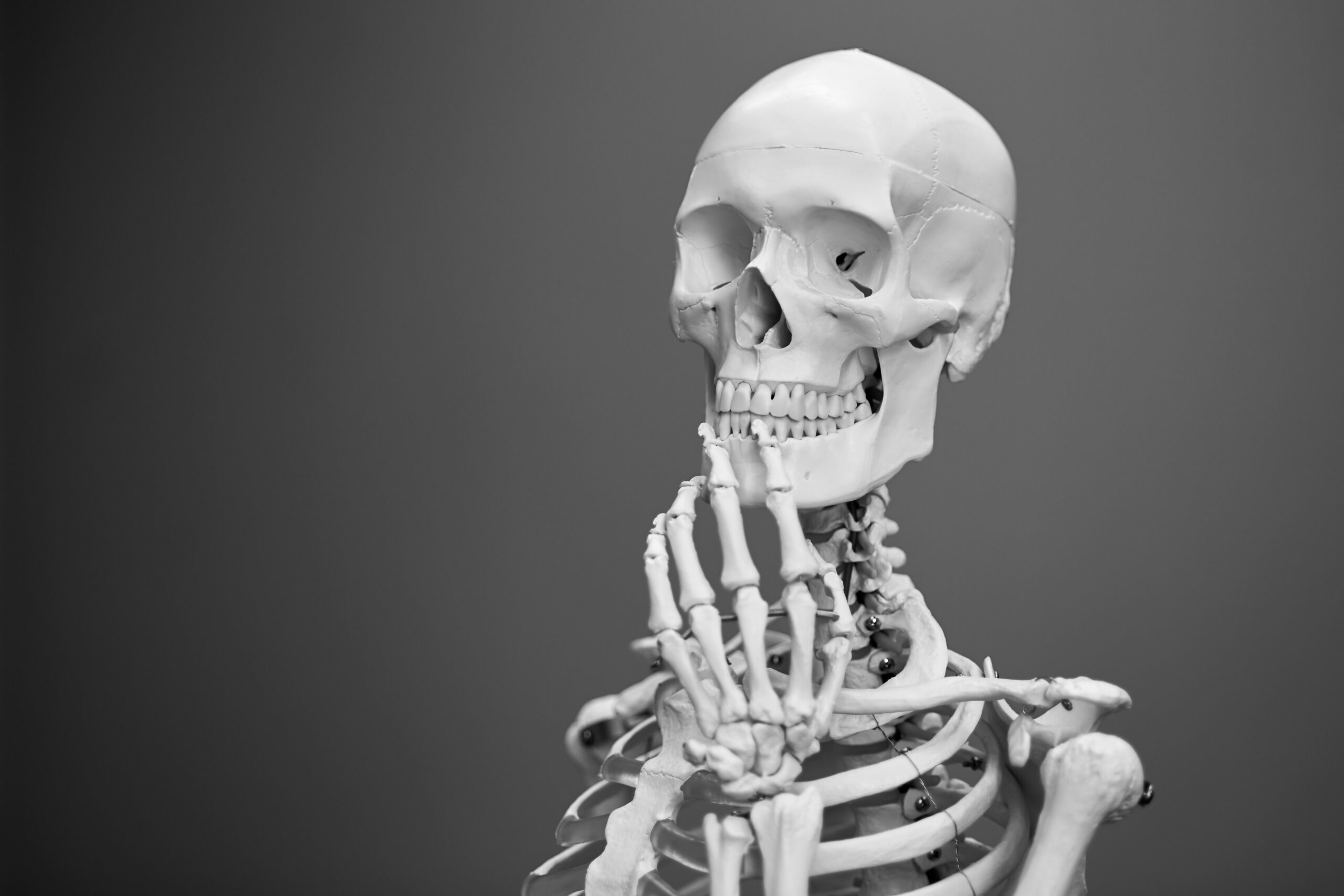
The cause of labyrinthitis can also be autoimmune or systemic diseases. Autoimmune labyrinthitis![]() occurs in autoimmune diseases, in which the body produces antibodies against its tissues or as an isolated pathological process limited to the labyrinths of the ear. Such diseases include Hashimoto's disease or sarcoidosis.
occurs in autoimmune diseases, in which the body produces antibodies against its tissues or as an isolated pathological process limited to the labyrinths of the ear. Such diseases include Hashimoto's disease or sarcoidosis.
Hashimoto's disease is when the immune system attacks the thyroid gland. It is an inflammatory disease, also known as chronic lymphocytic thyroiditis. The symptoms of Hashimoto's are nonspecific. Among the most common belong to feeling tired and an annoying cold feeling. Due to slowed metabolism, weight gain may be noticed. Controlled Hashimoto's disease is usually not a serious threat, but if left untreated, it can lead to severe complications.
Sarcoidosis is an inflammatory condition based on forming tiny clusters of inflammatory cells in one or more body organs. When the immune system goes into overdrive and too many granulomas form, they can disrupt organ structure and function. The hallmarks of sarcoidosis are erythema nodosum, enlarged lymph nodes, swollen ankylosing spondylitis, and fever. Sarcoidosis is a disease with a good prognosis.
Labyrinthitis usually develops quickly. Symptoms may persist for several weeks. There are auditory symptoms![]() and neurological symptoms
and neurological symptoms![]() that should cause concern. But general symptoms that are uncharacteristic may predominate at first. Symptoms of labyrinthitis include:
that should cause concern. But general symptoms that are uncharacteristic may predominate at first. Symptoms of labyrinthitis include:

At first, labyrinthitis can produce symptoms such as nausea and vomiting. However, labyrinthitis does not always manifest itself through pain and general symptoms of infection. Instead, when a fever appears, it indicates the spread of the disease into the cranial cavity and the development of complications such as meningitis or brain abscess.
Dizziness is a common symptom of labyrinthitis. Initial dizziness is not long-term. Occasional brief episodes of dizziness may persist for several weeks. Dizziness is an ailment that does not cause pain but disrupts orientation and balance. It gives the impression of spinning, waving, or wobbling of the environment or one's body. Visual disturbances, nausea, or vomiting may accompany dizziness.
Patients with labyrinthitis may also complain of hearing loss or tinnitus. Tinnitus is often described as ringing or humming in the ears without an external source. If the auditory symptoms are accompanied by dizziness, it is a crucial signal suggesting labyrinthitis. Auditory symptoms in labyrinthitis are very often unilateral.

Imbalance disorder is the inability to maintain correct posture, caused by a sense of uncertainty and loss of stability relative to the ground when walking or standing. Dizziness in labyrinthitis is not uncommonly accompanied by imbalance, staggering, uncoordinated movements, or swaying. It is important to remember that balance disorders are caused not only by labyrinthitis but also by more dangerous conditions, such as strokes, brain tumors, and heart disease.
In labyrinthitis, there are also neurological symptoms such as numbness, dysphagia, or facial pain. Dysphagia is otherwise known as impaired swallowing of solid foods and liquids. Neurological symptoms should arouse vigilance, as they may also suggest a stroke, which should be considered in the diagnosis.
Labyrinthitis can also manifest as nystagmus. It is the eyeballs' movements, independent of our will, following changes in position and sudden movement. The consequence of nystagmus can be photophobia. Photophobia is defined as the hypersensitivity of the eyes to light.
If patients suddenly experience symptoms such as dizziness, nausea, and nystagmus, they should seek medical attention as soon as possible and go to the hospital. The acute course of labyrinthitis requires urgent diagnosis and the inclusion of appropriate treatment. Labyrinthitis is not the only potential cause of sudden symptoms, so it is essential to rule out different causes. Diagnostic tests for labyrinthitis include:

To unequivocally determine what type of otitis media we are dealing with, an ENT examination is necessary, especially an otoscopic examination to assess the condition of the eardrum. The examination can be expanded by performing reed tests. With the help of reeds, a qualitative and quantitative hearing assessment can be carried out. They are suitable for determining the auditory field and assessing the type of hearing loss by comparing air and bone conduction.
Videonystagmography (VNG) examines the stroma of the ears responsible for balance. Among other things, the examination helps explain why a patient is dizzy. Videonystagmography involves recording nystagmus movements with a camera placed in a mask resembling ski goggles, which the patient wears over his eyes during the examination. The test is painless and non-invasive, but the patient may feel dizzy during some attempts and experience nausea or slight discomfort. The test is often used in the diagnosis of labyrinthitis.
Electroneurography is a diagnostic test used to evaluate the function of peripheral nerves. An ENG test assesses nystagmus using an electronystagmograph, which records eye movement. During it, electrodes are connected to the patient's temples, which track eye responses and transmit information about them to a computer. It then becomes possible to determine whether inconvenient symptoms indicate having a neurological source of the disease.
Diagnostic imaging, mainly MRI or CT scans, can also be helpful in some cases. It helps to see what is causing the symptoms, and some labyrinthitis symptoms can indicate brain tumors.

Treatment of labyrinthitis must be tailored to the cause and the symptoms present. Viral labyrinthitis![]() should not be treated with antibiotics, and antiviral drugs have no proven effectiveness. In such situations, rest is necessary until the inflammation subsides. If the symptoms do not subside within a few weeks and the patient has balance disorders and dizziness, then rehabilitation may be required. If the course is severe, treatment is in the hospital setting. Treatment options for labyrinthitis include:
should not be treated with antibiotics, and antiviral drugs have no proven effectiveness. In such situations, rest is necessary until the inflammation subsides. If the symptoms do not subside within a few weeks and the patient has balance disorders and dizziness, then rehabilitation may be required. If the course is severe, treatment is in the hospital setting. Treatment options for labyrinthitis include:

For bacterial labyrinthitis, antibiotics are the treatment method. Most commonly, antibiotics are given orally, but intravenous antibiotics should be used if bacterial meningitis is found.
If an autoimmune disease causes labyrinthitis, patients are treated with steroids. If patients are refractory to corticosteroid treatment, the use of different immunomodulators may be considered. Thus, this type of treatment should be introduced under the supervision of a doctor.
Dizziness in labyrinthitis can be a bothersome symptom. Benzodiazepines and antihistamines are used to relieve these symptoms. This type of medication should be employed in small doses. In addition to it, antiemetics can also be utilized.
In rare cases, some patients have suffered from labyrinthitis whose hearing symptoms do not resolve. It is then worthwhile to intervene quickly to prevent permanent hearing problems. It may be necessary to bring in treatments such as tinnitus masks and hearing aids.
Surgical treatment of labyrinthitis is also used in rare cases. Such procedures include the removal of inflammatory granules or perloma of the middle ear or drainage of the ear to facilitate drainage of secretions.
Labyrinthitis is a disease of the structure that is part of the inner ear. Symptoms of labyrinthitis are usually dizziness, imbalance, nausea, vomiting, and nystagmus. Causes are divided into infectious and non-infectious. Most often, labyrinthitis is caused by viruses and bacteria. Worrisome symptoms of labyrinthitis should prompt the patient to see a doctor. Various tests are being done for diagnostic purposes to distinguish labyrinthitis from cancer and other diseases.
Although labyrinthitis can cause severe and unpleasant symptoms, it usually resolves within a few days. Severe cases of vaginitis require hospitalization. Treatment of labyrinthitis depends on the cause of the disease. Antibiotic therapy or rehabilitation may be necessary. Implementation of appropriate treatment is essential to avoid complications of labyrinthitis.
Table of Contents
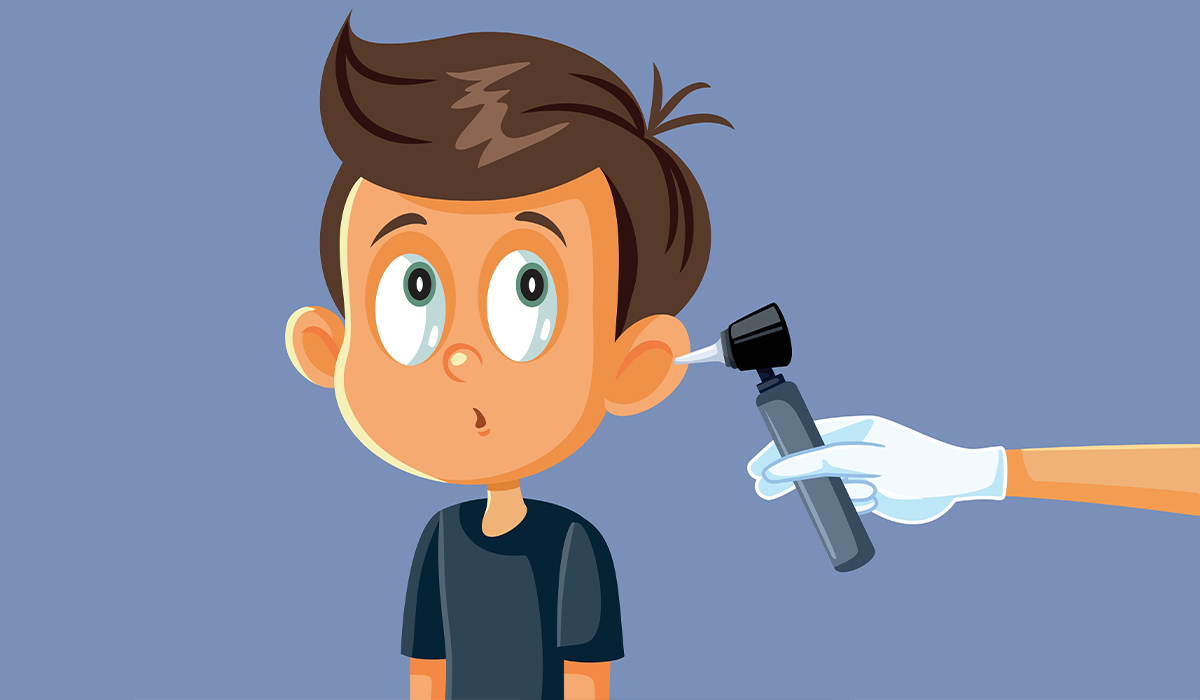
Ear infection can have various causes. Learn how to distinguish types of ear infections, the most common symptoms and treatment… read more »

Hearing loss is a condition where an individual has reduced sensitivity to sounds, making it difficult to perceive quiet sounds… read more »
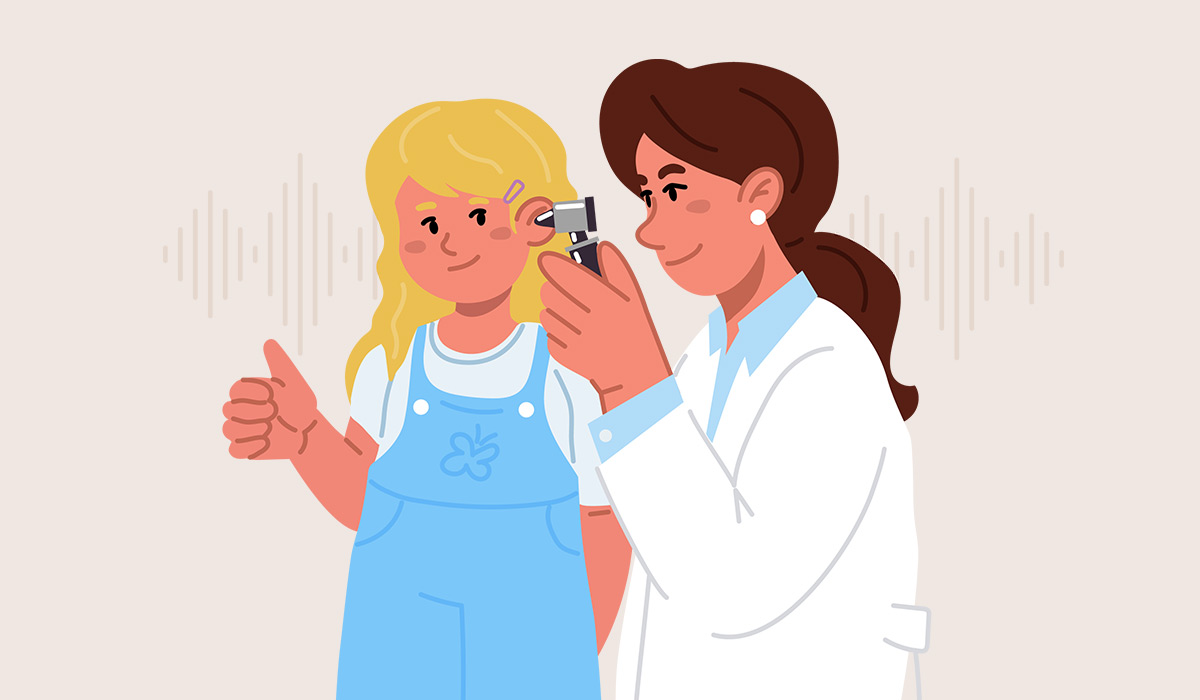
An audiologist is a critical therapeutic master who analyze and treats hearing and adjust issues. Their broad information of sound-related… read more »
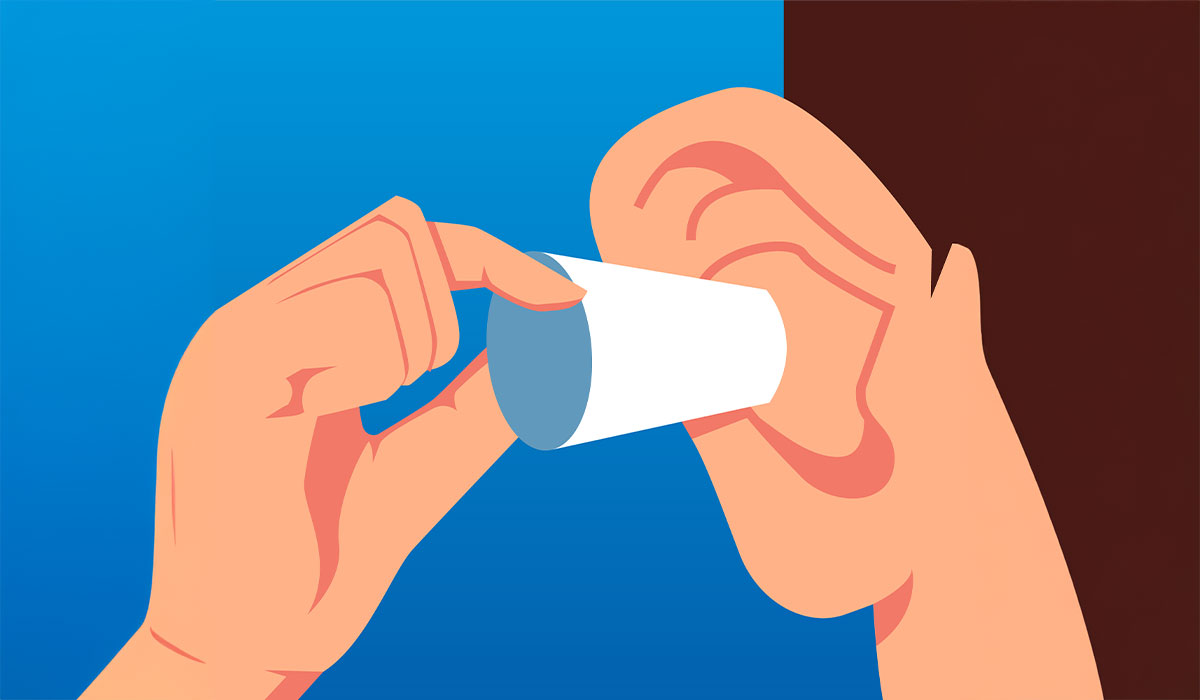
The act of squeezing your ear may result in the so-called ear blockage or clogged ear. The foremost common one… read more »

Vertigo is the illusion of environment movement. It is usually accompanied by nausea, loss of balance and a feeling of… read more »
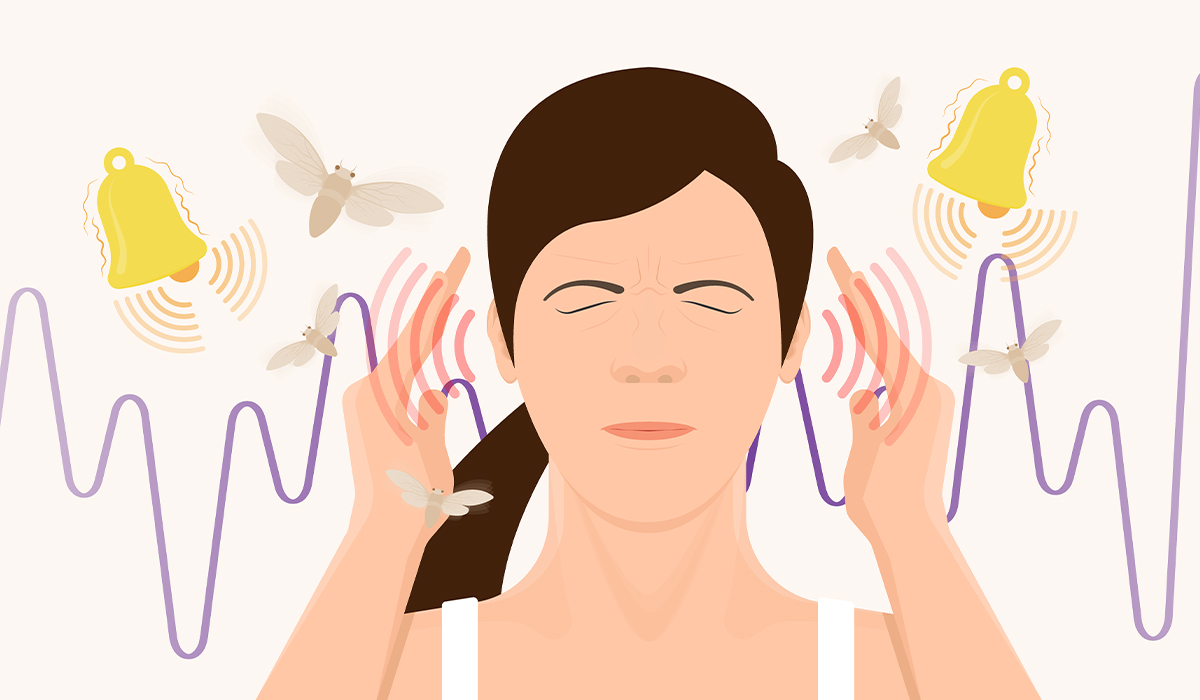
Tinnitus is a common difficulty with the sense of hearing. It occurs when you hear sounds without any outside noise… read more »

An otolaryngologist, too alluded to as an ENT pro, is an critical player within the complex world of medication. This… read more »
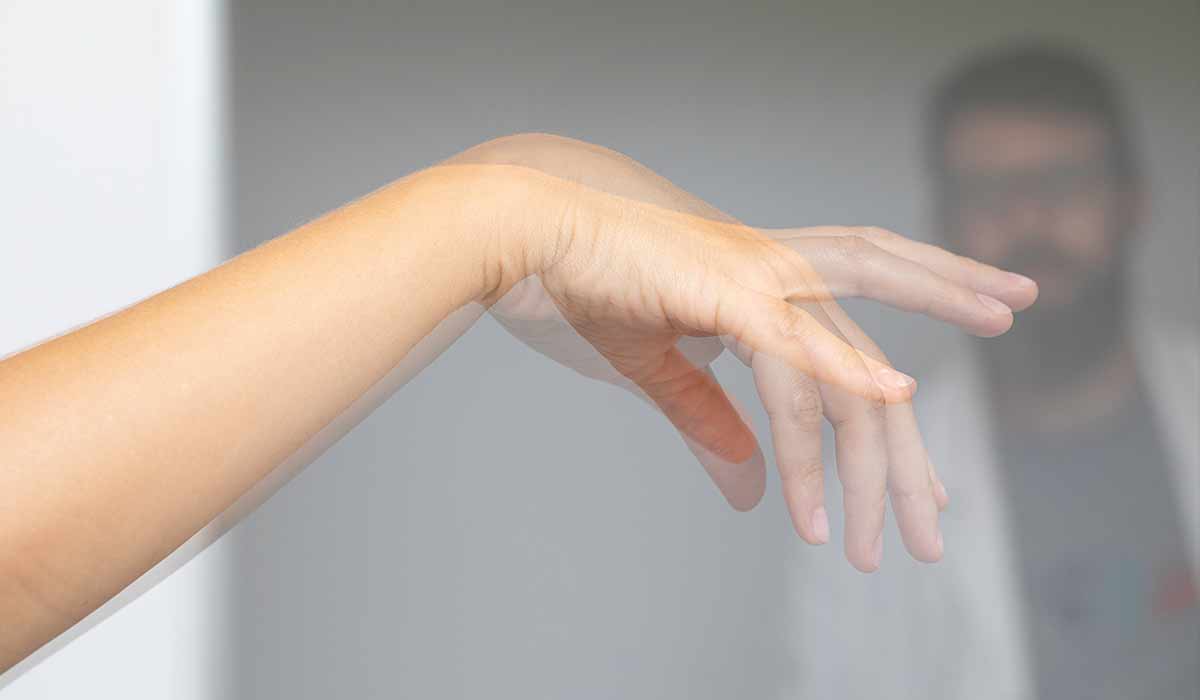
Ataxia is a motor coordination issue when individuals struggle with exact movements, holding the correct posture, or having standard walking… read more »
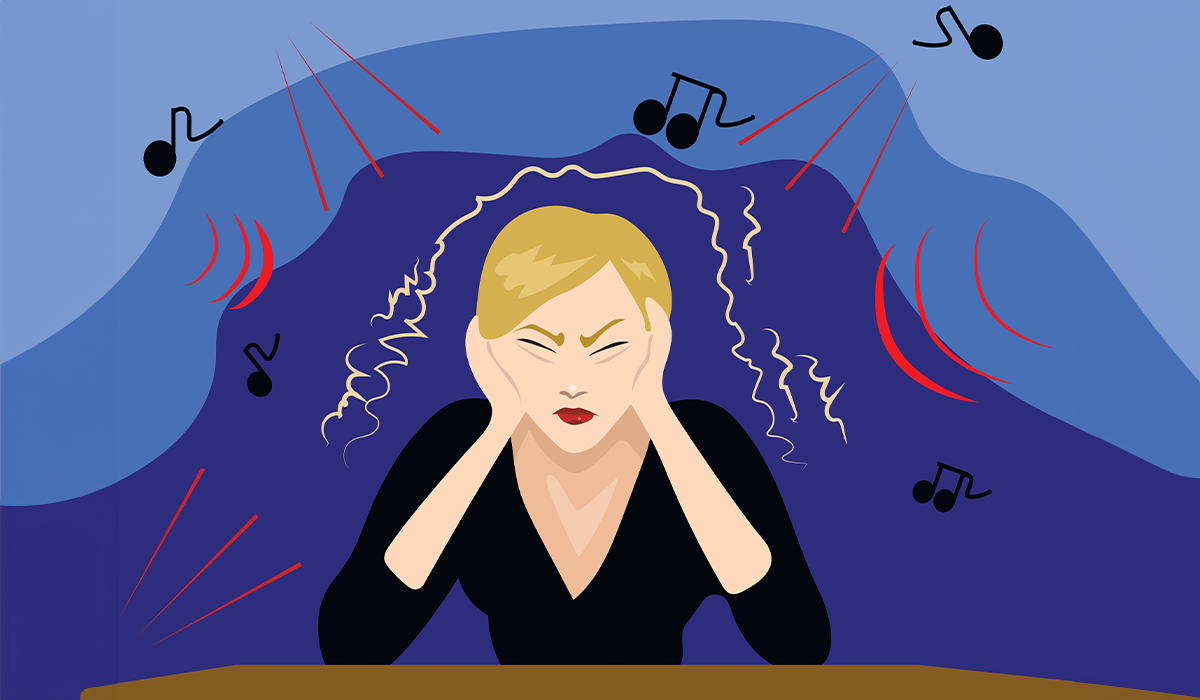
Misophonia is an inappropriately strong reaction to specific sounds. It occurs in many disorders. Learn about the meaning of misophonia… read more »